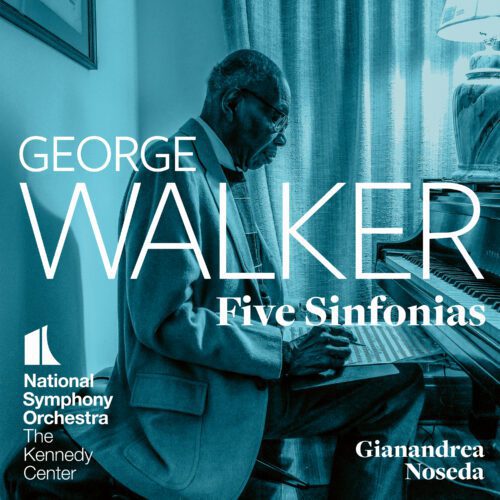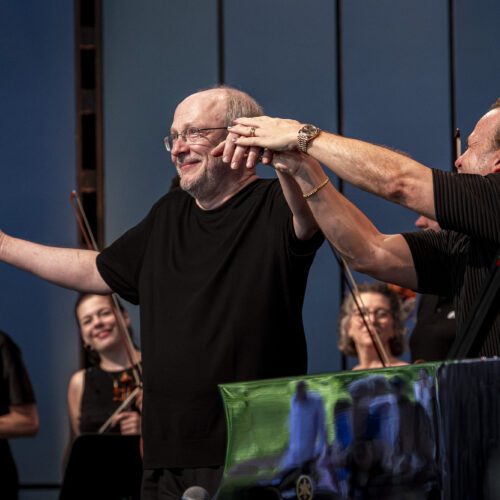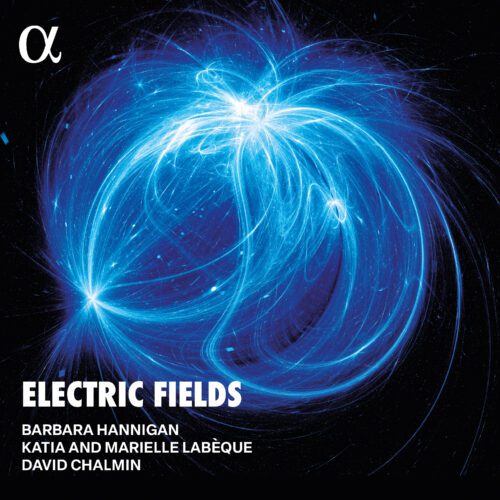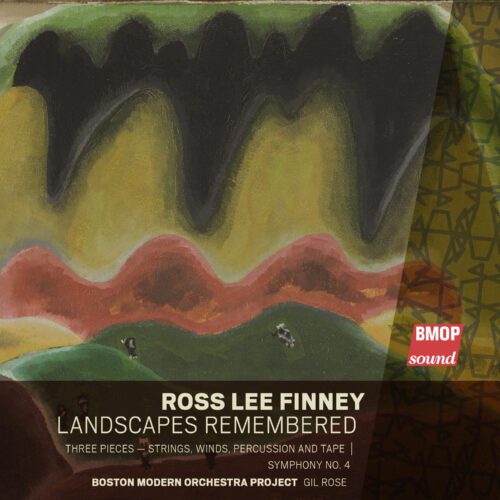George Walker was born in 1922 and died in 2018. This Black American composer, unlike several of his predecessors (William Grant Still, Adolphus Hailstork, Florence Price), very rarely used jazz, blues or negro spirituals as a source of inspiration for his works. On the contrary, he was deeply attached to the harmonic modernism of the European tradition right up to the end of his life. The man who studied piano with Rudolf Serkin and won a Pulitzer Prize in 1996 for Lilacs, had this to say in 2012, his 90th birthday year :
I’ve always thought in universal terms, not just what is Black, or what is American, but simply what has quality
The Sinfonias, of which there are five, were written between 1984 and 2016, covering the latter part of Walker’s life, that of his professional maturity. They also offer an effective summary of the composer’s musical language. Resolutely modernist in its harmonies, but never strictly atonal. One could evoke Hindemith or Stravinsky passed subtly through the spectrum of Elliot Carter. While all the Sinfonias delve in the same sonorous waters and demonstrate a powerful intellectual coherence, their character changes over time.
Sinfonia No. 1 is demanding, made up of scattered, disjointed morsels that coalesce thanks to the communicative humanism that Walker always imbues in his writing, as well as a good sense of rhythm. Sinfonia No. 2 is fuller-bodied, with ample and even sumptuous string passages. There is also an assertive lyricism in the very fine woodwind solos. Sinfonia No. 3 retains the same orchestral depth, but is darker and grittier. The colours and textures are still very fine, though. Walker was a skilful orchestrator.
Sinfonia no 4 has a title: Strands. Here, for the first and only time in this orchestral corpus, Walker inserts strands of popular melodies, in this case two negro spirituals, There is a Balm in Gilead and Roll, Jordan, Roll. Don’t expect to be humming them, though, they’re so subtly integrated that only echoes will be perceptible to the most attentive music-lover. For the rest, Walker’s mastery of effects and creative juxtapositions of sounds is at its best. The result is a work of great nobility, proudly modernist and highly stimulating for anyone willing to give it time and attention. There is, moreover, a Quebec connection with Strands: it was premiered in 2012 by the New Jersey Symphony Orchestra under Jacques Lacombe.
Finally, Sinfonia No. 5, ”Visions”, from 2016, the composer’s last work, is unfortunately not an optimistic or luminous career finale. Walker wrote it in reaction to a racist massacre on 27 June 2015, perpetrated by a white supremacist in a Black South Carolina church, which left nine people dead. The work is imbued with anger and disappointment in the face of tragically perpetual human stupidity tinged with profound malice. The orchestra is joined by a vocal quintet of soprano, tenor, two bass-baritones and bass. The musical ideas collide with little respite and never quite come together. This musical testament may be harsh, but it has the merit of being perfectly in tune with the authenticity and visceral sincerity of the artist, one of the great 20th-century composers, who is still too little known.
The National Symphony conducted by Gianadrea Noseda is excellent. Noseda breathes life into this important contemporary music.
























